RLC Orchard
Introduction
Text-to-speech Audio
Images
1930s Orchard
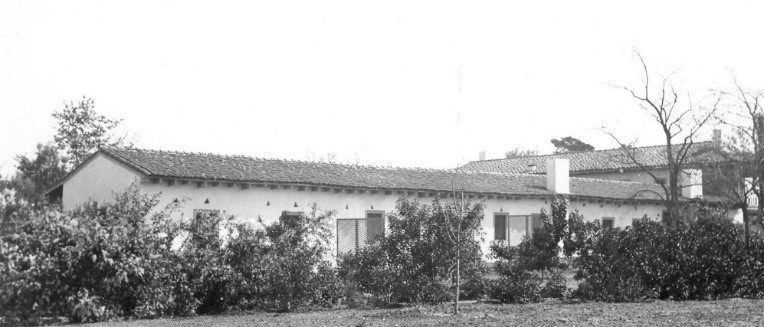
Avocado
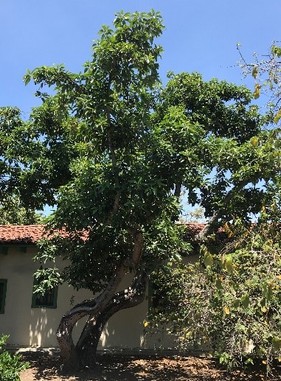
Cherimoya
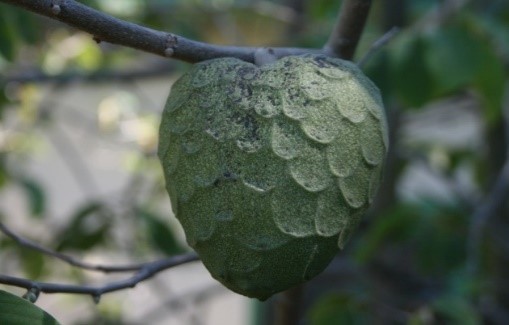
Macadamia
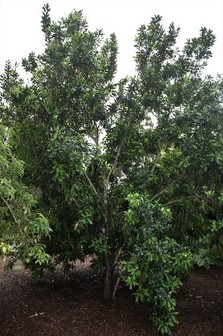
Orchard Pathway Entrance
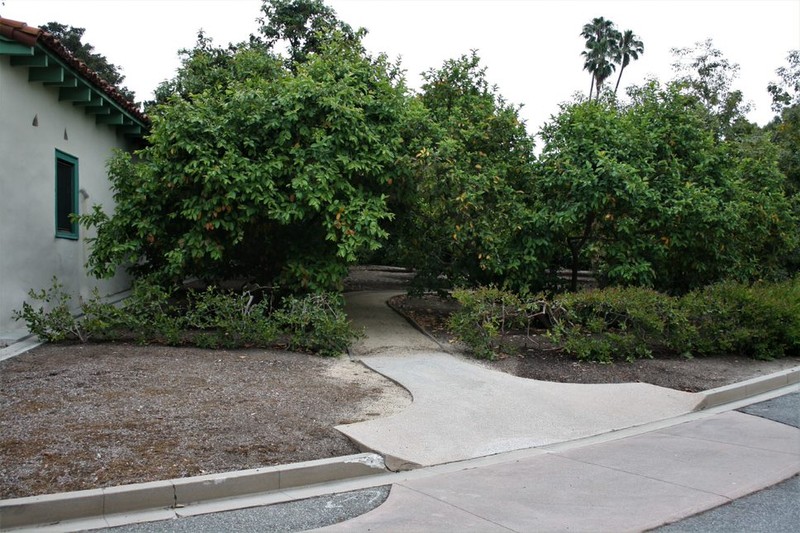
Valencia Orange
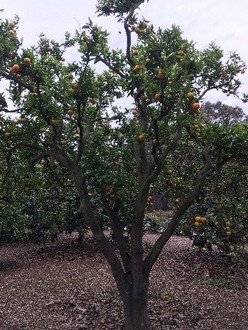
Backstory and Context
Text-to-speech Audio
Standing sentry to the orchard path’s entrance are several tropical guava trees, and the hedge boundary is formed of sub-tropical guavas. Just inside the hedge are a trio of loquat varieties, which are native to Japan and were imported to California by the 1870s.
Three varietals of oranges were planted in the orchard, along with lemon, lime, tangerine, and avocado. It is interesting to note that Cornell propagated avocados while attending Pomona College to finance his education at Harvard in Landscape Architecture.
There are two macadamia trees in the orchard. These Australian natives did especially well in Hawaii and their popularity spiked during World War II, when service personnel passing through the islands acquired a taste for the rich nuts.
When the cherimoya was introduced to California from South America, it was discovered that the native pollinator could not survive in this climate. To produce a larger quantity of fruit, each flower would have to be hand pollinated (which is sometimes done by commercial orchards, but not at RLC).
The sapote, which is native to central Mexico, has a pudding-like texture when ripe. Oddly enough, sapote and citrus belong to the same family.
Sources
Rancho Los Cerritos
Rancho Los Cerritos
Rancho Los Cerritos
Rancho Los Cerritos
Rancho Los Cerritos
Rancho Los Cerritos
